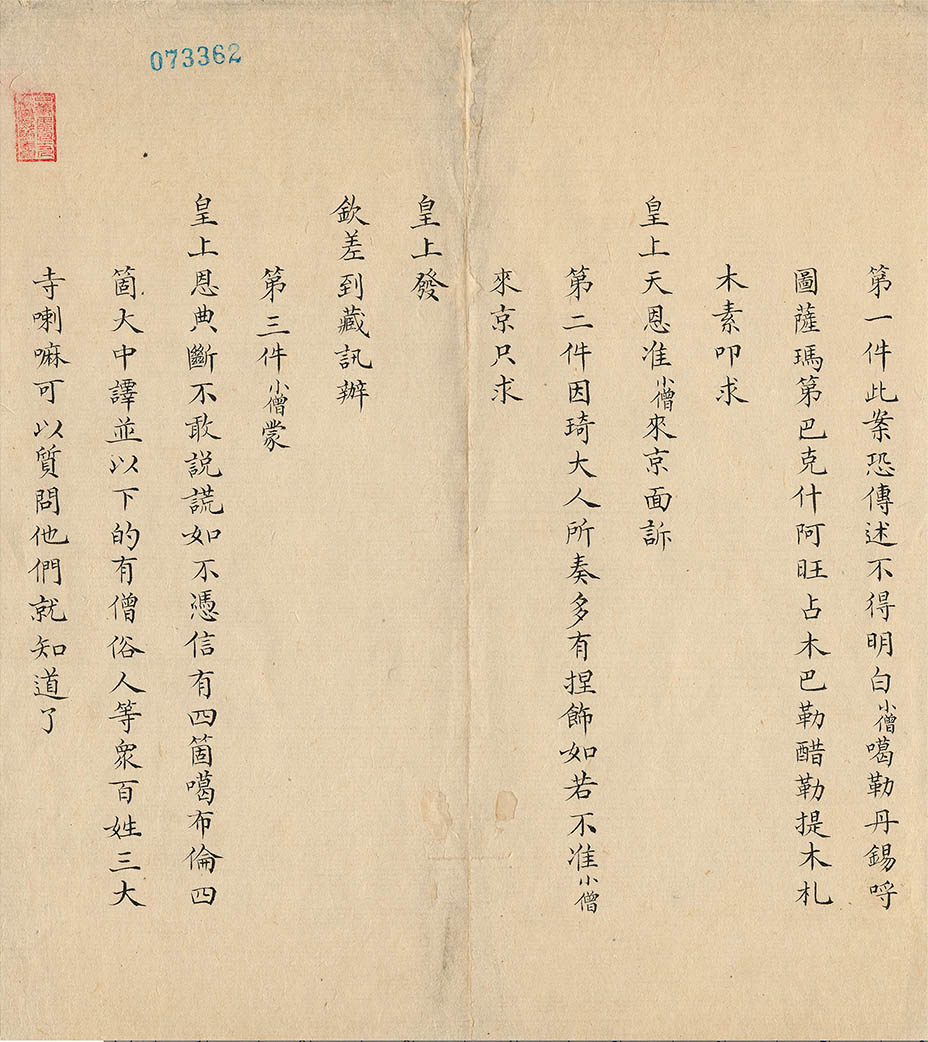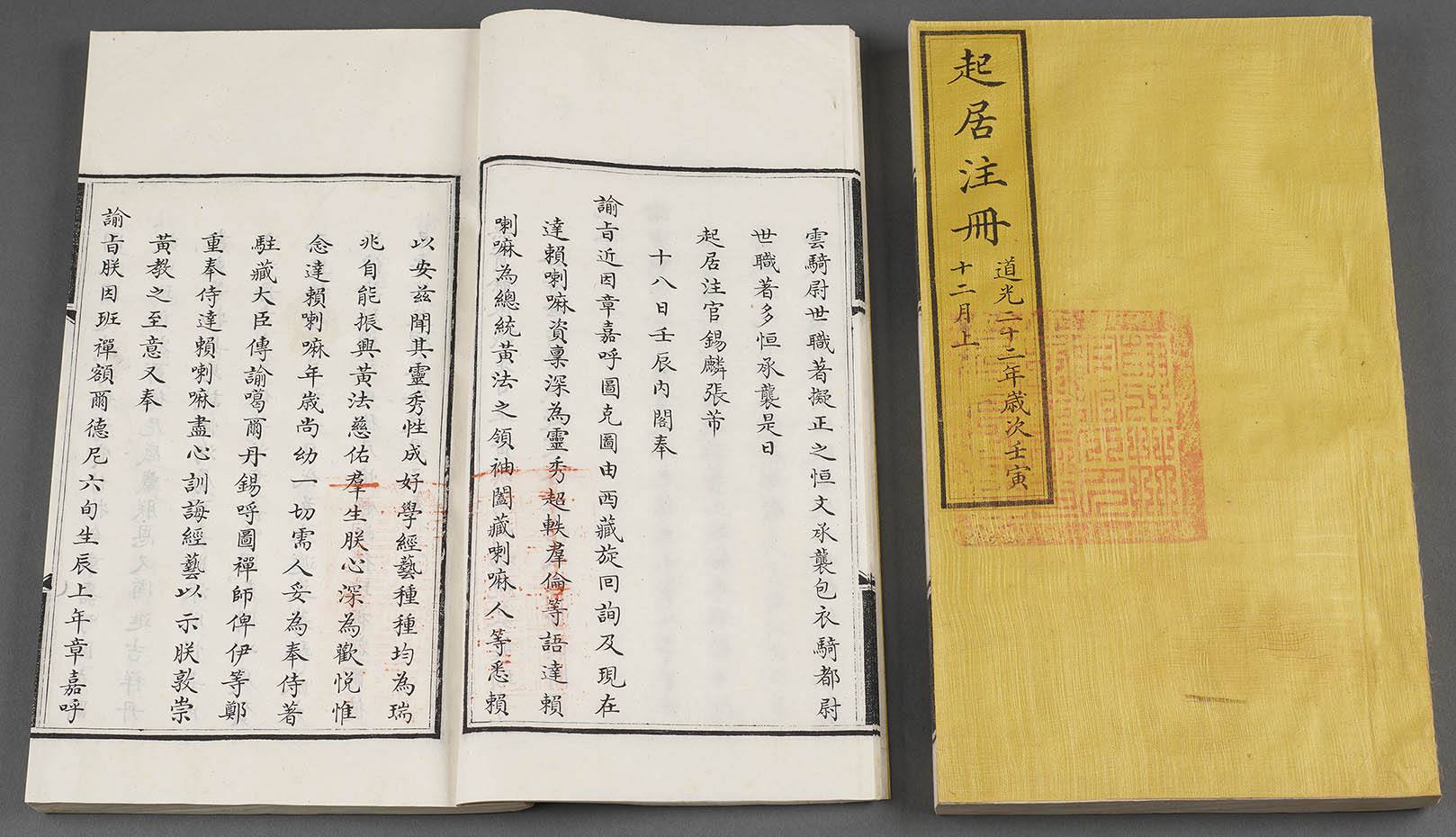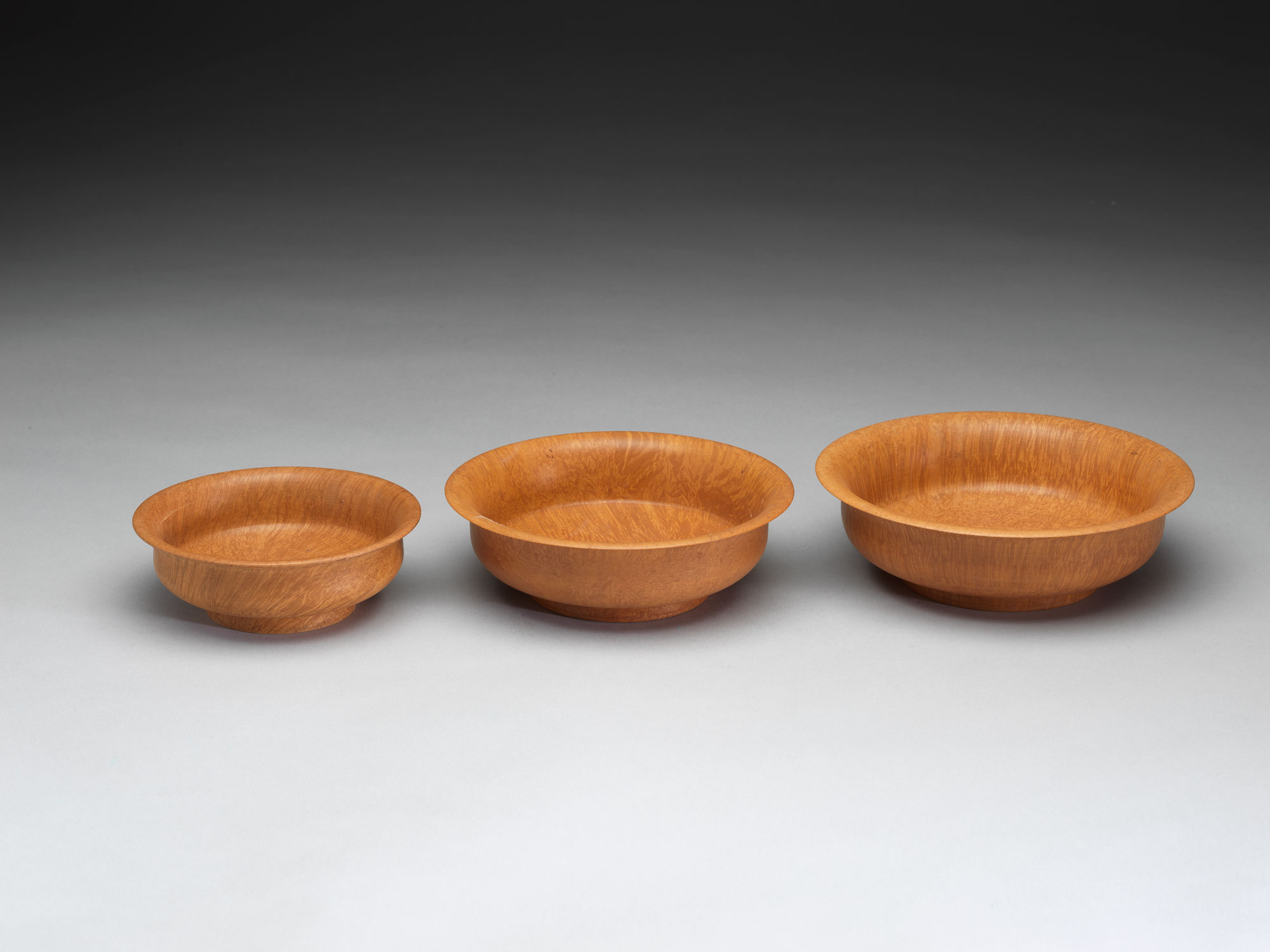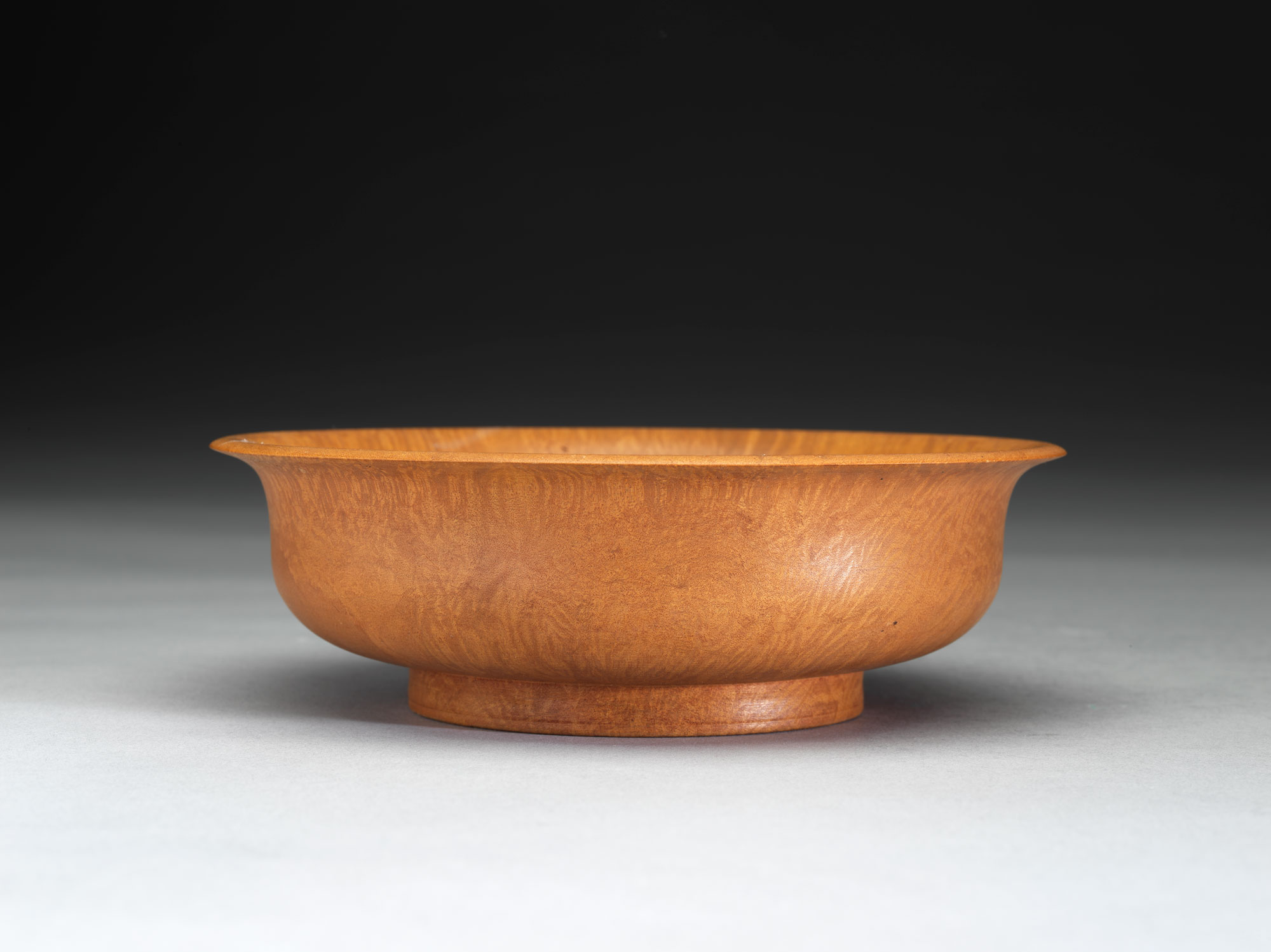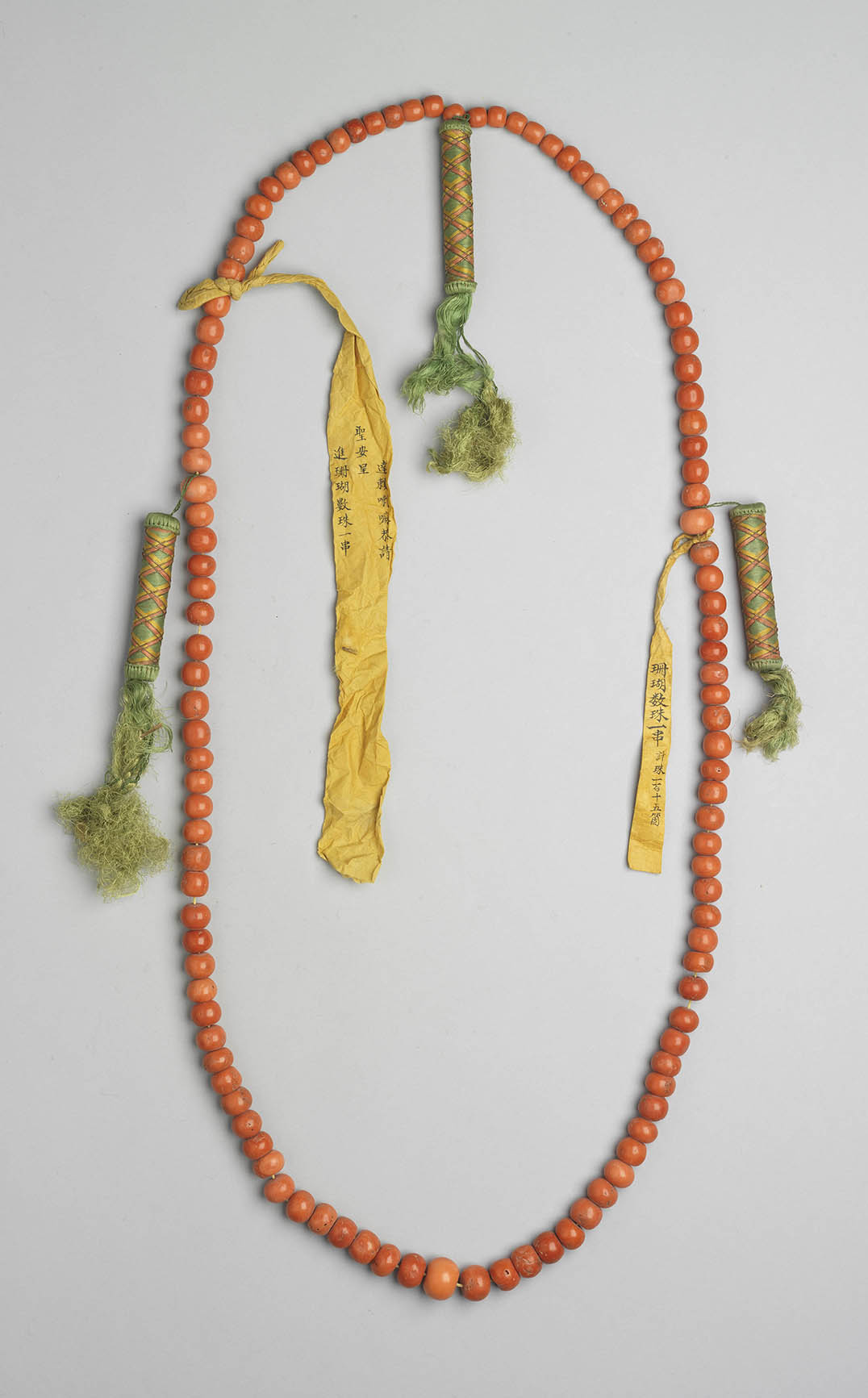The Dalai Lama and the Panchen Erdeni of Tibet
Two disciples of Tsongkhapa, Gedun Drupa (1391-1474) and Kedrup Je (1385–1438), were posthumously identified as the First Dalai Lama and the First Panchen Erdeni, respectively, which became the two foremost living Buddha lineages in the Gelug School. The title Dalai, the Mongolian word for "ocean," was bestowed upon the Third Dalai Lama (1543-1588) by the Mongolian ruler Altan Khan (1507-1582) of the Tumed. The Qing dynasty saw nine Dalai Lamas, from the Fifth to the Thirteenth. Panchen, on the other hand, is short for Pandita Chenpo, meaning "Great Pandita." The word Pandita is derived from the Sanskrit Paṇḍita, which means "Master of the Five Wisdoms."
The lineage of the Panchen Erdeni began with the Fourth Panchen Losang Chö kyi Gyaltsen (1570-1659), who received the title from Güshi Khan (1582-1654), leader of the Khoshut Mongols. The three immediate predecessors of Losang Chö kyi Gyaltsen were posthumously recognized as the First, Second, and Third Panchen Erdeni. The Qing dynasty saw six Panchens, from the Fourth to the Ninth. This section offers an iconographic introduction to the important reincarnated teachers of the Dalai and the Panchen lineages, and displays important artifacts connected with the visits to Beijing made by the Fifth Dalai Lama and the Sixth Panchen Lama to meet with Qing emperors. It also shows how the Qing court employed the "Golden Urn" system to select khubilghans and to what extent the practice impacted the living Buddha lineages of Tibetan Buddhism.
The Confirmation of the Ninth to Thirteenth Dalai Lamas in the Middle and Late Qing
The Ninth to Twelfth Dalai Lamas did not live long and were mostly assisted by khutuktu regents, and the stories of these religious leaders are rather obscure. While there were still political disturbances, investitures by the Qing court and the paying of tributes by Tibet carried on until the end of the Qing dynasty.
Petition for approval to make a statement in person
- Submitted by Tibetan monk Gadan Tripa, the Second Tshemonling Khukutku
- Daoguang reign (1821-1850), Qing dynasty
The Tibetan monk Gaden Tripa, titled "Gaden khripa Samadhi pakshi," was once invested by the Qing court as the Nominhan. The Nominhan is one of the four living Buddhas of the Gelug School eligible to serve as regent (phyag mdzod in Tibetan). The lineage is called the Tshemonling Tulku. The First Tshemonling (1721-1791), also the Sixty-first Gaden Tripa, was the head of the Gelug School and acted twice as regent to the Eighth Dalai Lama. This palace memorial was submitted by the Second Tshemonling (1792-1860), who had served as regent for 26 years since the 24th year of the Jiaqing reign (1819). He was the Seventy-third Gaden Tripa and the mentor of the Tenth and the Eleventh Dalai Lamas. In the 24th year of the Daoguang reign (1844), Qishan, the Imperial Resident in Tibet, fell out with the Second Tshemonling, so he worked with the Seventh Panchen Lama to induce the Daoguang emperor to strip the Second Tshemonling of his title and position as regent, confiscate the properties of his monastery, and exile him to Heilongjiang. Seeking the Daoguang emperor's permission to travel to the capital to make clear the case, this document was filed by the Second Tshemonling after Qishan had submitted his report against him. Eventually the Second Tshemonling was relieved of his title and position and returned to the monastery in his hometown in Gansu. In later years, he was invited by the Torghut Mongols to teach Buddhism in Xinjiang, where he stayed until his death. In the 32nd year of the Guangxu reign (1906), the Third Tshemonling was given the Nominhan title by the Qing court for his success as a regent after the Thirteenth Dalai Lama (1876-1933) had left Tibet, and the Dalai Lama also bestowed on him the title of Khutuktu.
The Fourth Changkya Khutukhtu reporting on the Eleventh Dalai Lama
- From Qijuzhu Ce (Imperial Diaries)
- 18th day the 12th month of the 22nd year of the Daoguan reign (January 18, 1843), Qing dynasty
The Qijuzhu, or imperial diaries, was an official historiography compiled by dedicated officials who recorded the emperor's words and deeds. This document describes the meeting between the Daoguang emperor (r. 1820-1850) and the Fourth Changkya Khutukhtu (1787-1846), who had returned to Beijing from Lhasa where he presided over the installation of the Eleventh Dalai Lama. The Fourth Changkya Khutukhtu reported to the emperor that the new Dalai Lama was naturally intelligent and a diligent scholar. He also described that during this trip he had presented the Seventh Panchen with a gift on behalf of the emperor to celebrate the religious leader's birthday, and that the Panchen had given a gift in return.
Tsaku-tsaya wood bowls
- Made in Tibet, Qing dynasty
- Presented by Yongdzin Jedrung Khutuktu during the Eleventh Dalai Lama's period in office (1842-1856)
These four wooden bowls were presented in tribute by the Ninth Jedrung Khutuktu (Ngawang Lobsang Tenpai Gyaltshan, 1811-1854). Ordered in the 24th year of the Daoguang reign (1844) to serve as mentor to the then seven-year-old Eleventh Dalai Lama (1838-1856), the Ninth Jedrung Khutuktu also bore the title of "Yongdzin." According to the yellow tag that came with the items, the bowls were presented on the occasion of "an important event," which likely refers to the passing of the Daoguang emperor (r. 1820–1850).
Coral prayer beads
- Presented by the Twelfth Dalai Lama
- Received in the 1st year of the Guangxu reign (1875), Qing dynasty
Prayer beads are used by Buddhists to mark the repetitions of prayers, chants, or devotions. While the number of beads on a string varies, most strings used by Buddhists have 108 beads. According to Jiaoliang Shuzhu Gongde Jing (The Sūtra on The Merit of Counting with Prayer Beads), reciting prayers and counting with beads helps accumulate merits. The roundness of the beads represents the completeness of the bodhisattvas' enlightenment, while the string that holds the beads together symbolizes their merits that deliver sentient beings from the endless cycle of suffering. Prayer beads are the most common tribute items presented to the Qing court by Tibetan officials along with the brtan bzhugs (credentials). The prayer beads presented to the Qing court by the Dalai and the Panchen are without exception uniformly round and of the highest quality.
